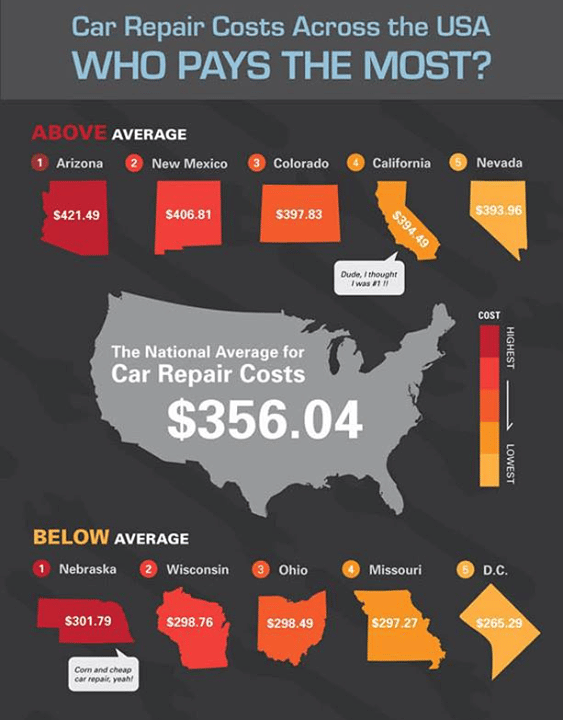Examining Your Automobile'S Warning Indicators: What They Really Convey
Examining Your Automobile'S Warning Indicators: What They Really Convey
Blog Article
Article Author-Hartley Kejser
When you lag the wheel, those beautiful warning lights on your control panel can be a little bit complicated. Do you know what they're trying to tell you about your auto's health and wellness? Understanding the relevance of these lights is important for your safety and security and the durability of your vehicle. So, the next time one of those lights pops up, wouldn't you wish to decode its message accurately and take the required actions to resolve it?
Common Warning Lighting and Interpretations
Determine typical warning lights in your cars and truck and recognize their significances to guarantee safe driving.
The most common caution lights consist of the check engine light, which signals concerns with the engine or discharges system. If this light begins, it's important to have your lorry checked without delay.
The oil pressure alerting light indicates low oil stress, needing instant focus to stop engine damage.
A blinking battery light may suggest a malfunctioning billing system, possibly leaving you stranded if not resolved.
The tire pressure surveillance system (TPMS) light informs you to reduced tire pressure, impacting vehicle stability and gas effectiveness. Ignoring this might result in unsafe driving conditions.
The abdominal muscle light suggests a problem with the anti-lock stopping system, endangering your capacity to stop swiftly in emergencies.
a & m detailing but not least, the coolant temperature advising light warns of engine overheating, which can result in severe damages otherwise settled swiftly.
Comprehending interior shampoo near me will certainly aid you address issues promptly and maintain safe driving conditions.
Relevance of Prompt Attention
Comprehending the typical caution lights in your cars and truck is only the primary step; the significance of without delay resolving these warnings can't be stressed enough to ensure your safety and security when traveling.
When a warning light brightens on your dashboard, it's your automobile's means of connecting a possible problem that needs focus. Disregarding these warnings can bring about a lot more serious troubles down the road, jeopardizing your security and possibly costing you a lot more in repairs.
Prompt focus to warning lights can avoid breakdowns and mishaps. As an example, a flashing check engine light can show a misfire that, if left unattended, can cause damages to the catalytic converter. Addressing this quickly can save you from an expensive repair work.
Likewise, a brake system advising light might signify reduced brake fluid or worn brake pads, critical elements for your security when driving.
DIY Troubleshooting Tips
If you notice a caution light on your control panel, there are a few do it yourself troubleshooting ideas you can attempt before seeking expert help.
The first step is to consult your car's handbook to understand what the specific warning light suggests. Sometimes the issue can be as easy as a loosened gas cap activating the check engine light. Tightening up the gas cap might fix the issue.
Another common problem is a low battery, which can trigger various advising lights. Examining the battery connections for corrosion and ensuring they're safe might deal with the issue.
If a caution light persists, you can attempt resetting it by detaching the automobile's battery for a couple of mins and afterwards reconnecting it. In https://www.cbs17.com/automotive/spend-less-at-the-pump-with-these-fuel-saving-tips/ , examining your automobile's fluid levels, such as oil, coolant, and brake liquid, can assist troubleshoot alerting lights related to these systems.
Verdict
Finally, recognizing your automobile's caution lights is necessary for keeping your vehicle running smoothly and safely. By promptly resolving these alerts and recognizing what they mean, you can avoid costly fixings and potential failures.
Bear in mind to consult your auto's guidebook for specific information on each alerting light and act appropriately to make certain a trouble-free driving experience.
Keep notified, remain risk-free when traveling!
